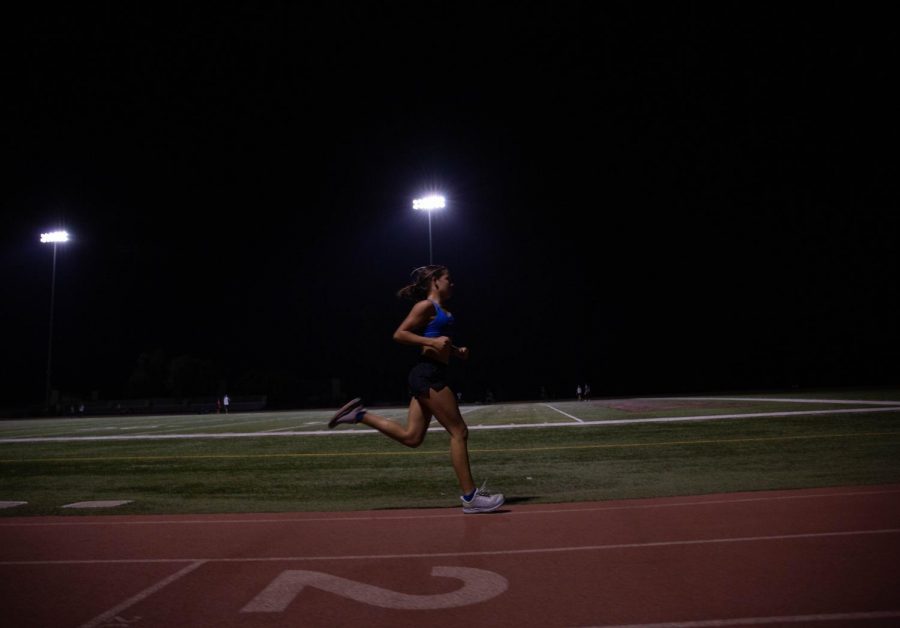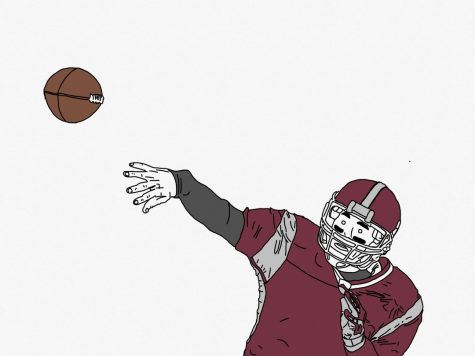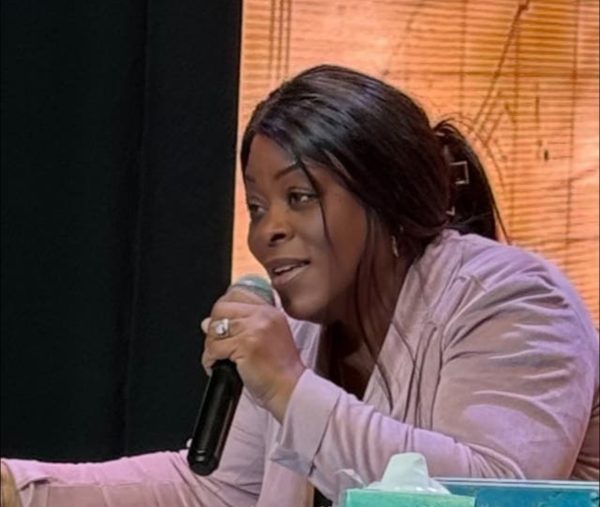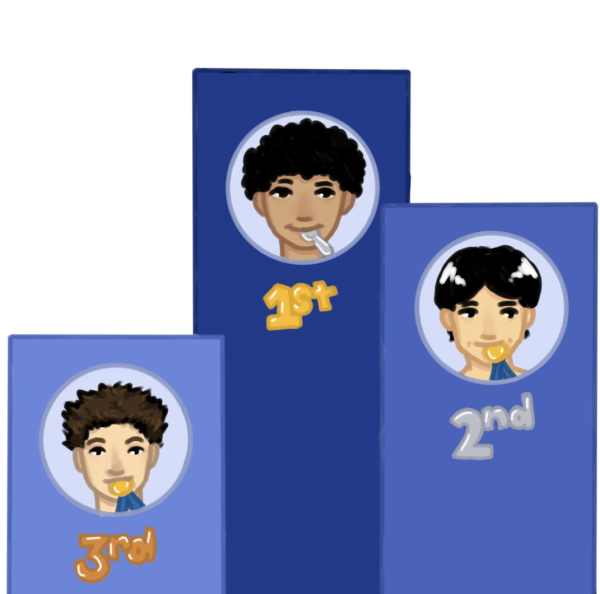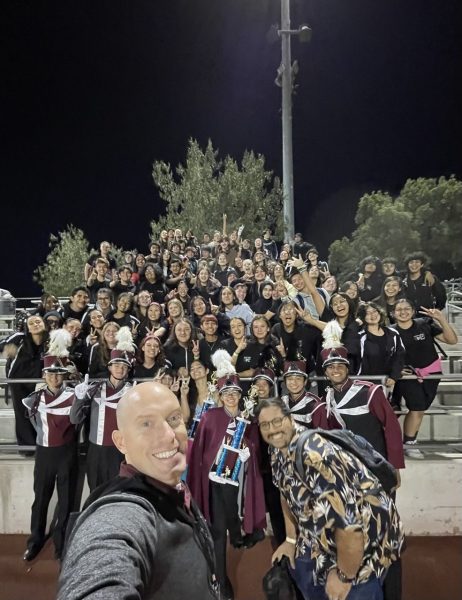Cross-country’s prowess stands the trials of time and the tribulations of COVID-19
Runners’ bodies lurch and glide around the orange-red oval under the stadium lights. A speaker blares pop music. Coaches shout advice and stand ready with stopwatches. Still, that familiar, roaring tunnel of cheers and yells encapsulating runners is weak. Masks muffle cheering, and the sparse crowd of athletes and coaches — not parents — mills around the football field doing their best to fill the bottomless void created by the absent crowd. At cross-country time trial races, athletes have been able to experience a semblance of normal racing, all while abiding by CIF Phase 1 conditioning regulations. As a sport which requires no real physical interaction between competitors, no ball, and no indoor space, cross-country is the only fall sport which has been able to produce even a rough replica of pre-pandemic competitions and practices. Namely, the team has held intrasquad competitions during which returning track athletes have been able to seriously compete for the first time since early March.
Given the missed racing opportunities in the spring, the recent start of physically-distanced practicing, and the season projected to start in early January, the team reasoned that time trials would be exciting and enjoyable and that they would aid in runners’ preparation for the upcoming season. For select seniors hoping to run at high levels in college, the time trials have yielded the opportunity to impress coaches. Athletes ran a five-kilometer time trial on roads near El Roble Intermediate School to ready themselves for a series of three nighttime competitions on the CHS track: first, on October 16, athletes ran a 3200-meter race; next, they ran a 1600-meter race this past Friday; finally, they will run either a 5-kilometer or 3200-meter race this coming Friday. For reference, 1600 meters is nine meters short of a mile. On each race day, five different heats are run, which in turn are divided into two subgroups so as to minimize the amount of people around the track at a certain time. On average, each race has consisted of ten athletes who spread out naturally over the duration of the competition due to slight variations in speed. This natural distancing of the field creates a lower-risk environment for viral transmission, but it does not overly hinder intrasquad competition because heats are grouped by speed. The first two races are largely made up of freshmen and new runners, with some junior varsity girls; JV boys and varsity girls constitute the third and fourth races; and varsity boys race in the fifth and final race each night.
For freshmen and newcomers, the races are the first of many, and they offer a low-pressure introduction to the world of running. Notable performances by freshmen include Ryan Donner’s first place finish in heat 1 of the 3200-meter race in 12:45.71 and Nicky Venegas’ win of the same heat of the 1600 in 5:55.86. In the second heat, Chad Struempf won over both distances in 11:57.91 and 5:23.83. On the girls’ side, freshman Alexa Gossett ran 13:49.53 for 3200 meters and 6:17.10 for 1600 meters, with Angelina Diaz trailing close behind on each occasion. Freshman standout Denise Jie Yi Chen performed exceedingly well in each race, and promises to be one of the top girls in the state of California. In running, new runners are often known to employ ineffective race strategy due to lack of experience, so these time trials will provide them with crucial racing knowledge, in addition to being a great way to socialize and decompress after an exhausting day of remote learning.
For returning athletes, the time trials accurately mimic a race environment in some ways, while being worlds apart in others. Racing a time trial is similar to a workout in that runners race their teammates, with whom they train every day and whose exact levels of speed are known to all prior to the race. Nonetheless, the coaches bought a large, competition-style clock, which helps the time trials feel more like races for the runners. Additionally, the argument must be made that when a group of competitive, teenage athletes are told to race each other, a race-like environment ensues. Even so, the time trials provide a lower stakes environment, as junior Maisie Zurbuch describes.
“I think it was harder to perform in these time trials than it is in more normal races because I’m getting back into the racing mentality — and I’m still not fully there yet,” Zurbuch said. “So I feel like it’s just less pressure, not having other teams there, and racing with other teams definitely makes you go faster.”
Thus, although competition among teammates creates a race-like environment, the absence of other teams and the fact that athletes have not raced in such a long time makes it more difficult to produce stellar results. Nonetheless, many runners have still managed to perform at a level which would make many non-runners gawk. In the third races each night, junior boy Josh Ward ran 5:19.35 and 11:45.53, and in the same races, junior girls Hannah Endo and Peyton Cruz both went 5:51 and 12:36, with Endo slightly edging out Cruz each night. Sophomore Sebastian Grannis won the fourth heat of the 3200 in 10:25.81 and sophomore Alan Jung won the same heat of the 1600 in 4:54.02. The fastest girls runners competed in the same heats, and in the 3200, Chen led the Wolfpack in 11:13, followed by junior Maddie Coles in 11:23.04. On the night of the 1600, the two runners’ positions reversed, with Coles running 5:08.26 and Chen running 5:14.76. Varsity senior boy Askari Ahad won the 3200 in 9:41.37, followed by the author of this article in 9:43.83. This past Friday, varsity senior Jack Keough-Lansford won the 1600 in 4:17 followed by Ahad in 4:25.02.
For senior Keough-Lansford and others like him, it is even harder to produce the desired results because Keough-Lansford is, simply put, faster than any intrasquad competitors. Thus, Keough-Lansford is only truly competing against the clock, as he explains.
“A true difference between time trials and races is that in a time trial, you are racing a clock, whereas in a race, you’re actually racing different people — you want to go for a place more than a time, and that’s just a big part of it,” Keough-Lansford said. “There’s a big difference between time trialing, racing a clock, pushing yourself, and having someone else push you.”
Nevertheless, this competition against the clock rather than others is also true to some extent for the rest of the team. For Keough-Lansford, the numbers separated by a colon produced in these time trial efforts are instrumental to the execution of his plans for the future because the senior intends to run at an NCAA Division I program. He and other top California runners must still fulfill certain time requirements in order to be considered for a scholarship, despite the delay of the state’s official season and the cancellation of its 2020 track season. In order to give themselves an element of interpersonal competition, Keough-Lansford, Bellarmine College Prep seniors Nolan Topper, Galen Topper, and Colin Peattie, and De La Salle’s Patrick Curulla — arguably five out of the state’s top ten runners — set up a 5-kilometer time trial for themselves in Los Gatos, CA. Keough-Lansford had aimed to run under 15 minutes for the 3.12-mile track race, but he struggled to hold pace during the last mile and ultimately finished fourth in 15:12. The time is still astoundingly fast, however, and is two seconds faster than Keough-Lansford’s previous best, so he was content with his performance. Keough-Lansford’s description of his mental state during the most difficult moments of that time trial is indubitably and poetically unique, yet it also applies to every runner and athlete, especially during discouraging times of postponed and cancelled seasons.
“See, the thing is, you have to think of all those times when nobody is watching you, when you’re just in the darkness working,” Keough-Lansford said. “When you’re in the loudness and you think about those times you worked in the quiet, it just makes it easier. Around laps 10 and 9, I was thinking ‘I’m prepared for this; you know, I’ve worked really hard for this, so I should be prepared.’ I went really hard for that sub-15:00, but it was my first 5k race in 11 months, so I wasn’t trippin’-trippin’ … It was humbling getting beaten by these other really high-level athletes.”
Now, Claremont cross-country athletes turn their focus toward this Friday’s 5-kilometer race on the track. Being one of the only sports which lends itself so aptly to the CIF Phase 1 conditioning regulations during the pandemic, runners are lucky to have been able to compete amongst teammates. Although the races are not facsimiles of pre-pandemic competitions, Claremont runners make the most of them, demonstrating that their individual work “in the quiet” over the course of spring and summer did not go wasted. The team also put forth showings that their league, section, and statewide dominance will not wane in the coming seasons, with the development of returning talent and the addition of worthy newcomers in the time trial series.
Hello there! Our goal is to provide relavent, engaging journalism for readers of all ages. Your donation will support the student journalists of the Wolfpacket at Claremont High School, and will allow us to purchase equipment, print our monthly issues, and enter in journalism competitions. We appreciate your consideration!
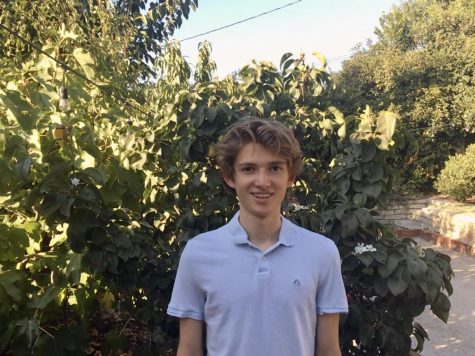
A senior in his third year on the Wolfpacket staff, Rowan Orlijan-Rhyne, occasionally referred to as Rowan “Orange Rind” by his Wolfpacket peers, strives...




